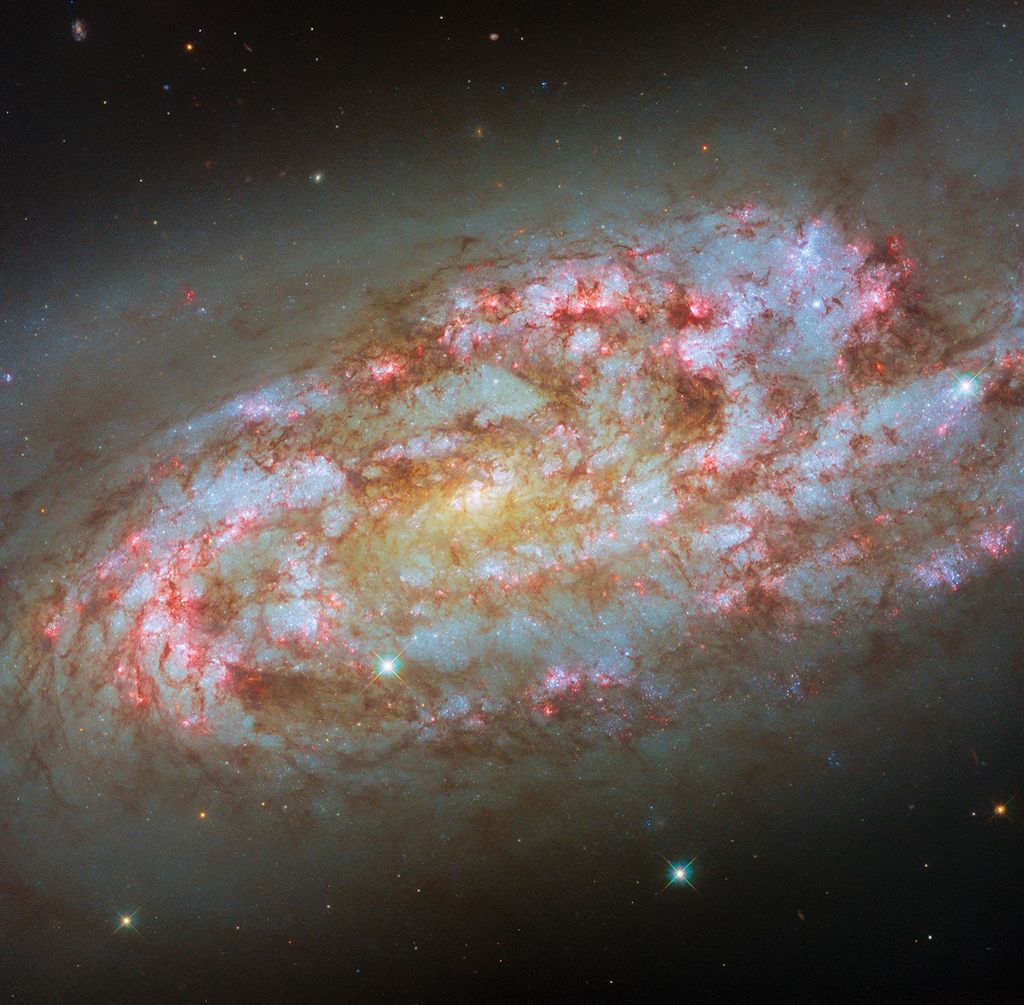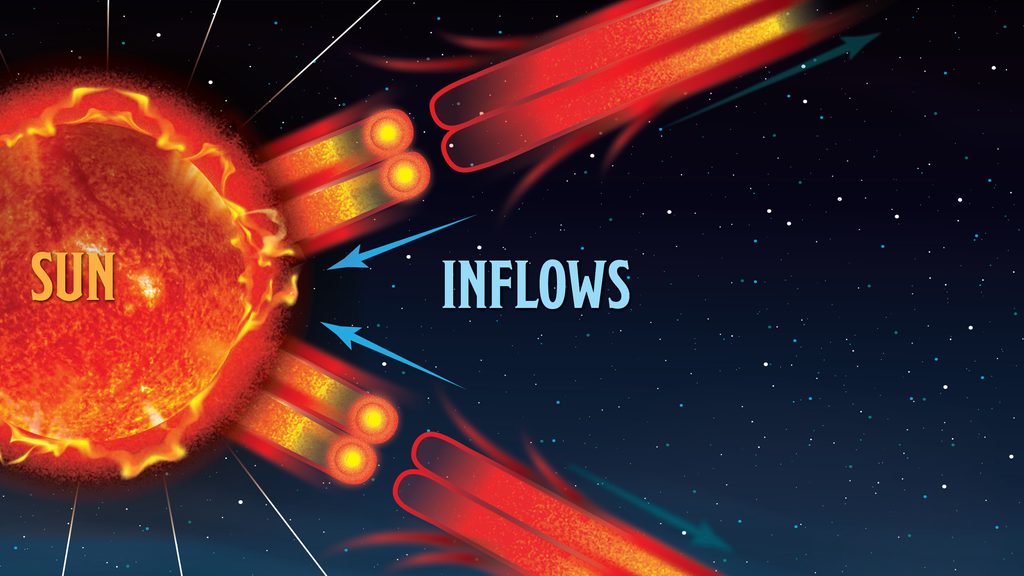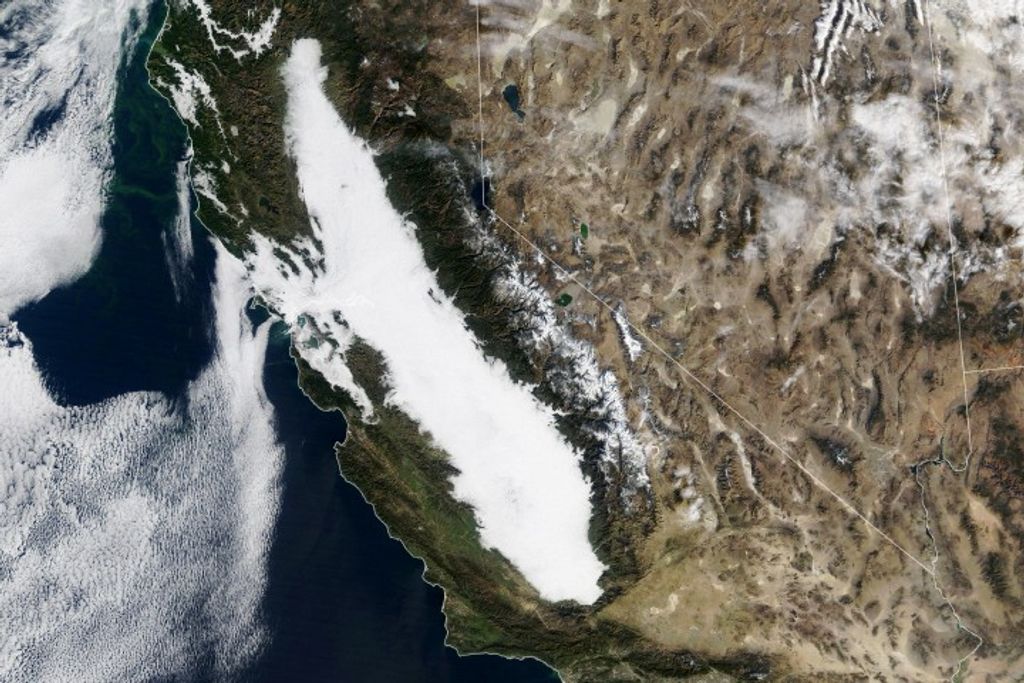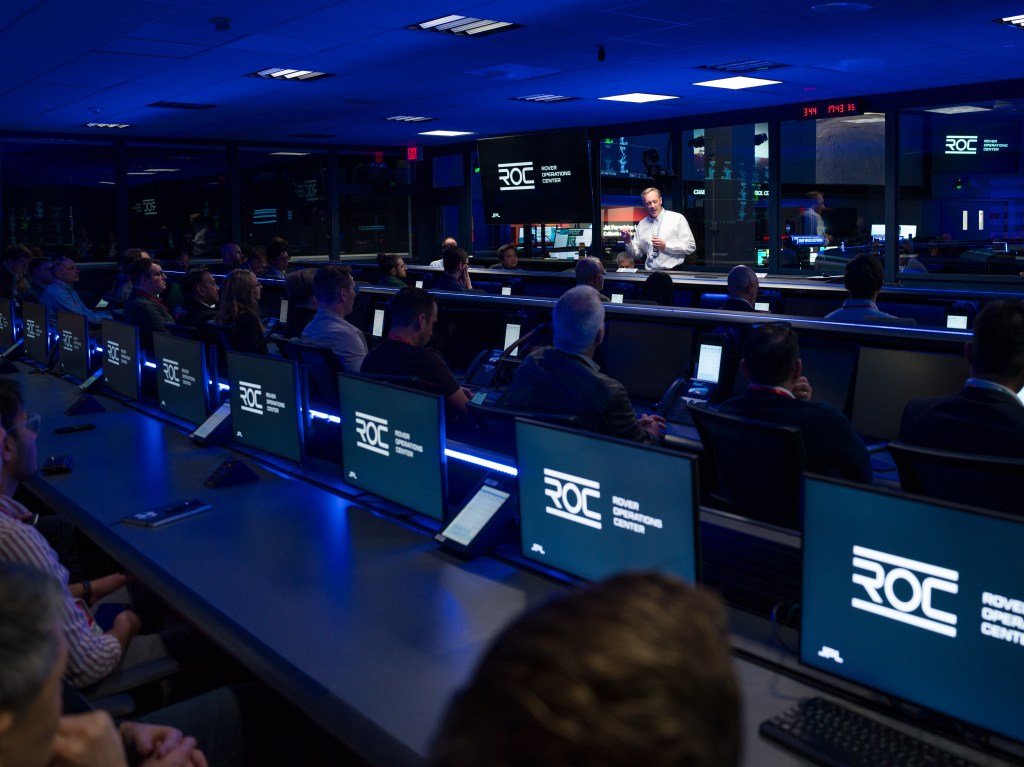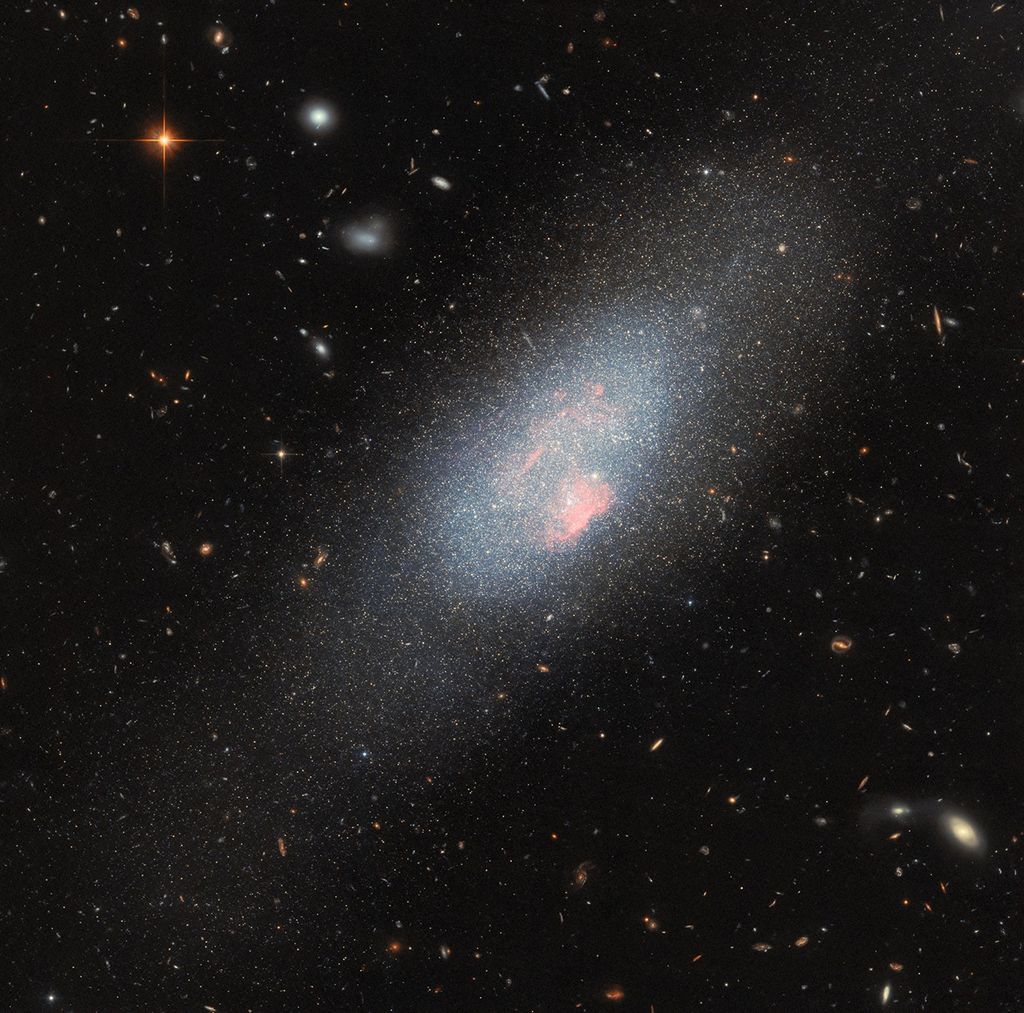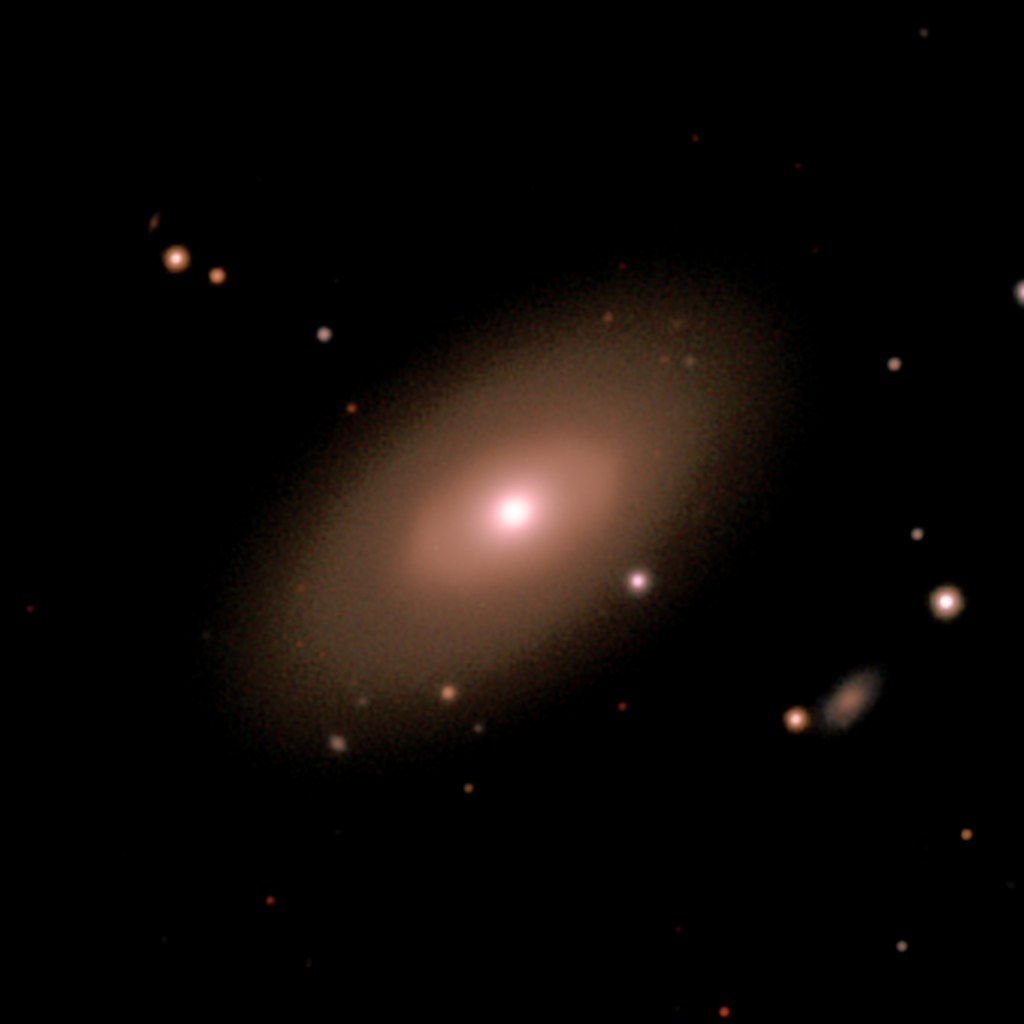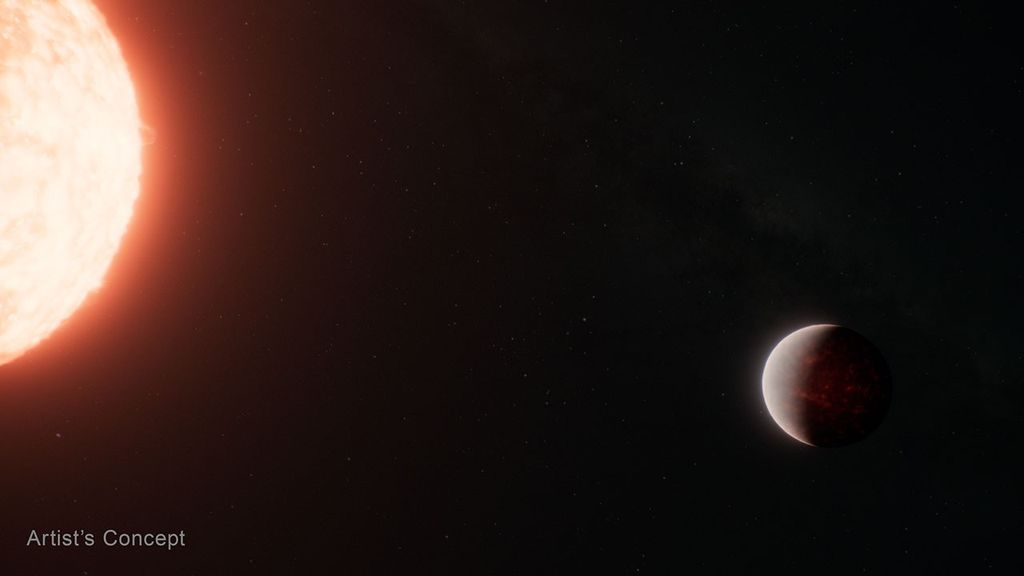Science and Technology Interest Group
Infrared
The Infrared Science and Technology Interest Group (IR STIG) studies the infrared region of the spectrum.
About IR STIG
Exploring the Infrared Region of the Spectrum
The infrared region of the spectrum is critical for probing the cool, dense interstellar medium from which stars and planetary systems form.
In recent years, the enhanced capabilities of Spitzer, Herschel, SOFIA, and other missions have provided a wide range of exciting new results ranging from molecules observed in protostellar disks to the first galaxies observed in dust continuum and fine structure cooling lines. New and anticipated space missions, for example the James Webb Space Telescope and the Origins Space Telescope, will further enhance our observational capabilities. Maintaining and developing the existing multiplicity of observing platforms and new instrumentation are important considerations for future infrared astronomy.
The Infrared Science Interest Group (IR SIG) was originally constituted in 2002 and works with the COPAG Executive Committee and NASA Headquarters to collect community input on the long-term objectives of infrared astronomy and enhance the voice of IR astronomy within the broader astronomical community.

News & Events
The IR STIG organizes a monthly webinar series, dedicated to all topics in infrared astronomy. Please contact a member of the STIG Leadership Council if you would like to present a webinar or if you have a question about the webinar series.
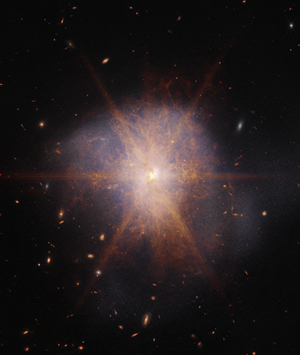
We will have two presentations this month from Ben Mazin (University of California Santa Barbara) and Lindsey Wiser (Johns Hopkins Applied Physics Laboratory). Dr. Mazin will share MKID development progress and Dr. Wiser will discuss the study of exoplanet atmospheres through…
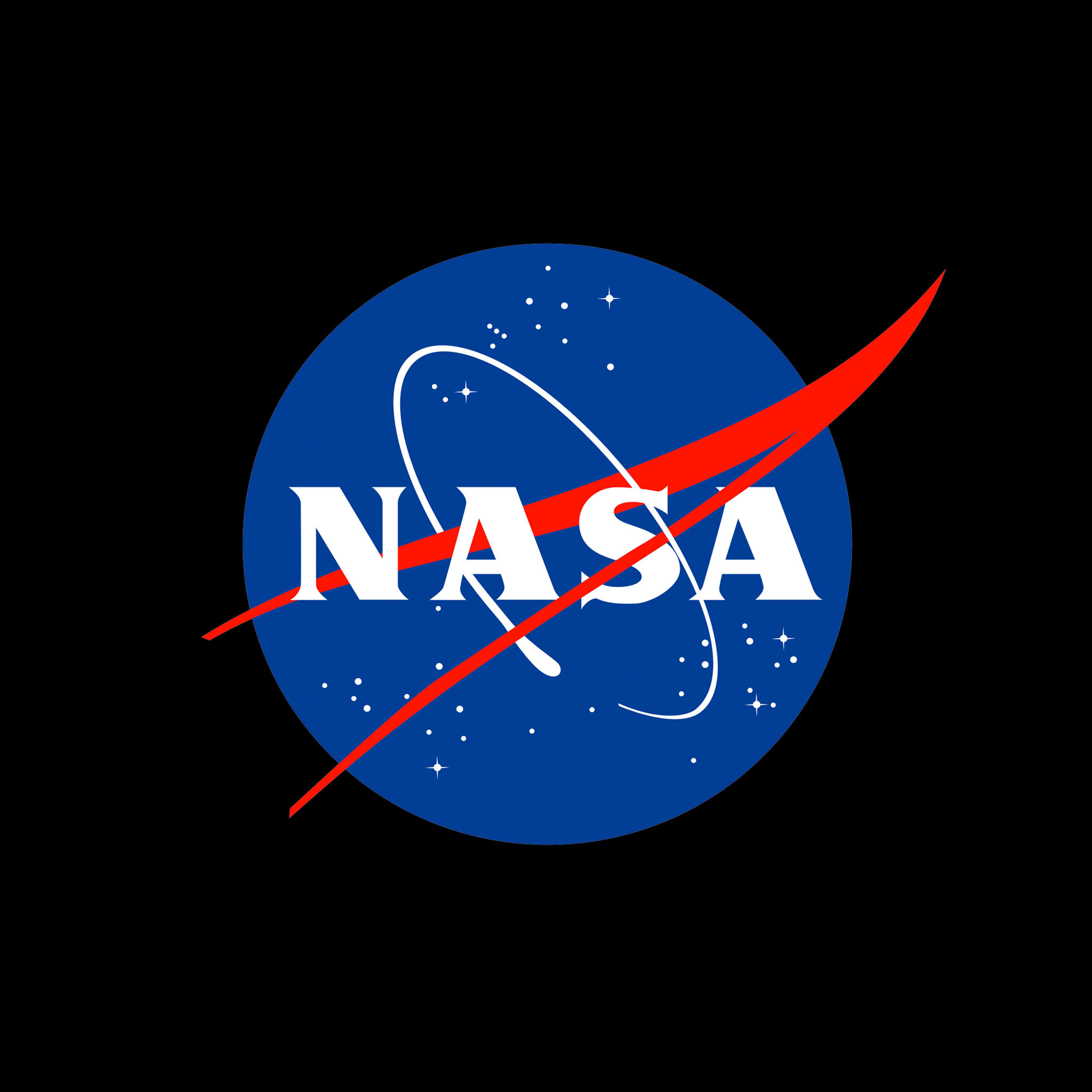
We will have two presentations this month from Ben Mazin (University of California Santa Barbara) and Lindsey Wiser (Johns Hopkins Applied Physics Laboratory). Dr. Mazin will share MKID development progress and Dr. Wiser will discuss the study of exoplanet atmospheres through…

NASA’s Great Observatories – A Triumph of the Human Spirit Speaker Michael Werner (Jet Propulsion Laboratories, former Project Scientist, Spitzer Space Telescope) Abstract In January of 1985, more than 40 years ago, a group of astronomers met with NASA officials…

NASA’s Great Observatories – A Triumph of the Human Spirit Speaker Michael Werner (Jet Propulsion Laboratories, former Project Scientist, Spitzer Space Telescope) Abstract In January of 1985, more than 40 years ago, a group of astronomers met with NASA officials…

Leadership Council Stacey AlbertsUniversity of ArizonaEmailCandice FazarRITEmailRoberta Paladini, Co-ChairIPACEmailAllison StromNorthwestern U.EmailJake Connors, Co-ChairNASAEmailMeredith MacGregorJohns Hopkins UniversityEmailNathan RothNASAEmailVolker TollsHarvard CfAEmailWilliam DanchiNASAEmailJed McKinneyUT AustinEmailJohannes StaguhnJohns Hopkins UniversityEmail

We have two presentations from John C Mather (GSFC) and Chi Nguyen (CalTech). Dr. Mather shares his work on hybrid observatories and Dr. Nguyen discusses the recently launched SPHEREx instrument and provide an early glimpse at survey data. Hybrid Space-Ground…
Community Engagement
Recently reconstituted as the Infrared Science and Technology Integration Group (IR STIG) following the Astro2020 Decadal, we have several ongoing activities to engage both these communities.
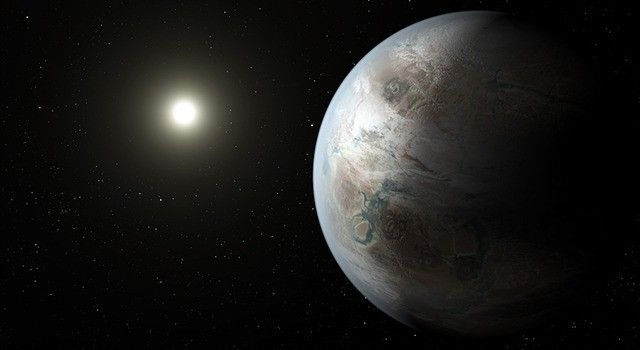
Biannual Newsletter
Published in winter and summer, the newsletter series presents recent news, science highlights, and mission and technology updates and developments. For each addition, articles are solicited from the community at-large.
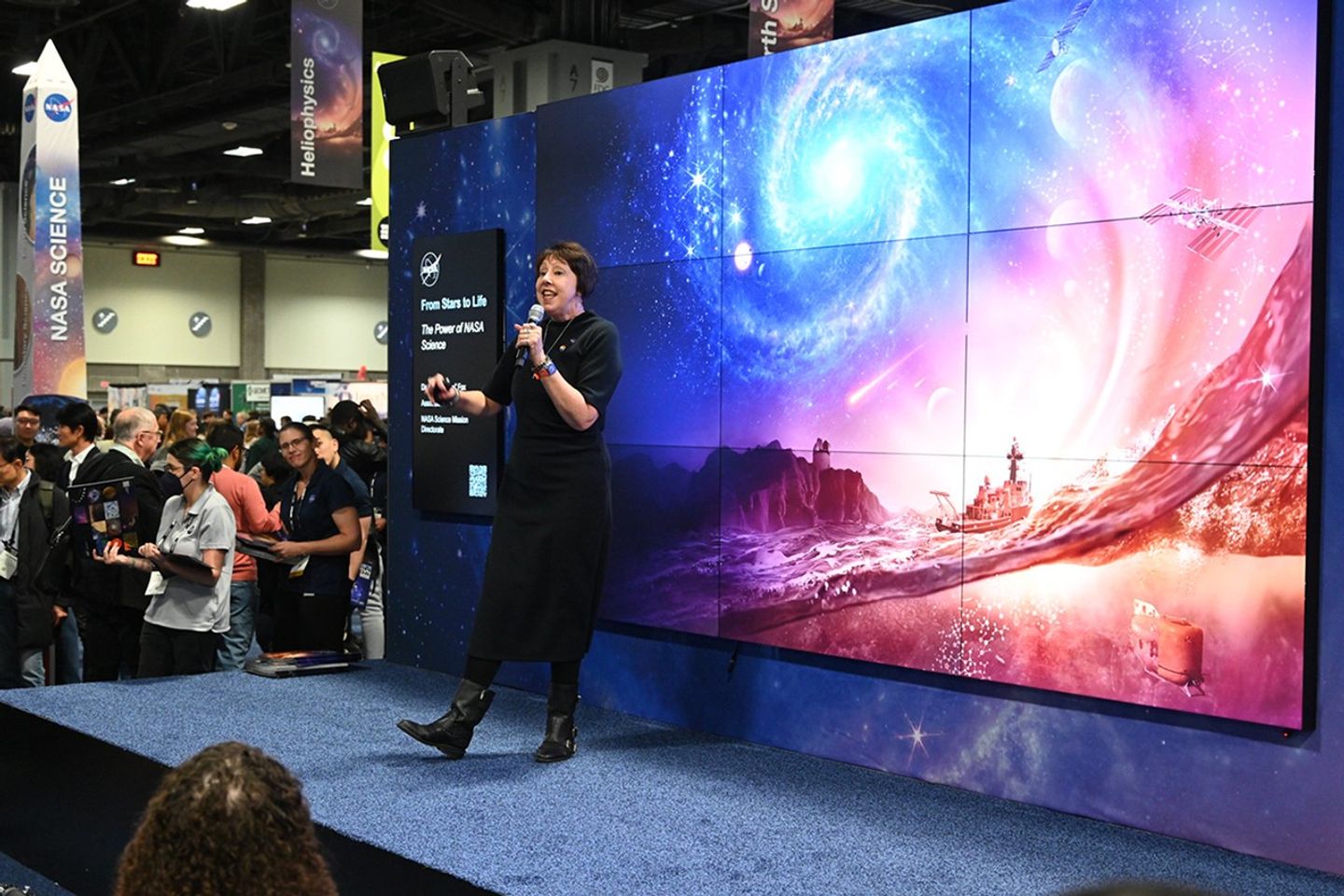
Monthly Webinar
An hour-long seminar presented online on the first Tuesday of every month at 1pm Eastern/10am Pacific. Typical live attendance is 20–50 people. Seminars are also recorded and published to our website.
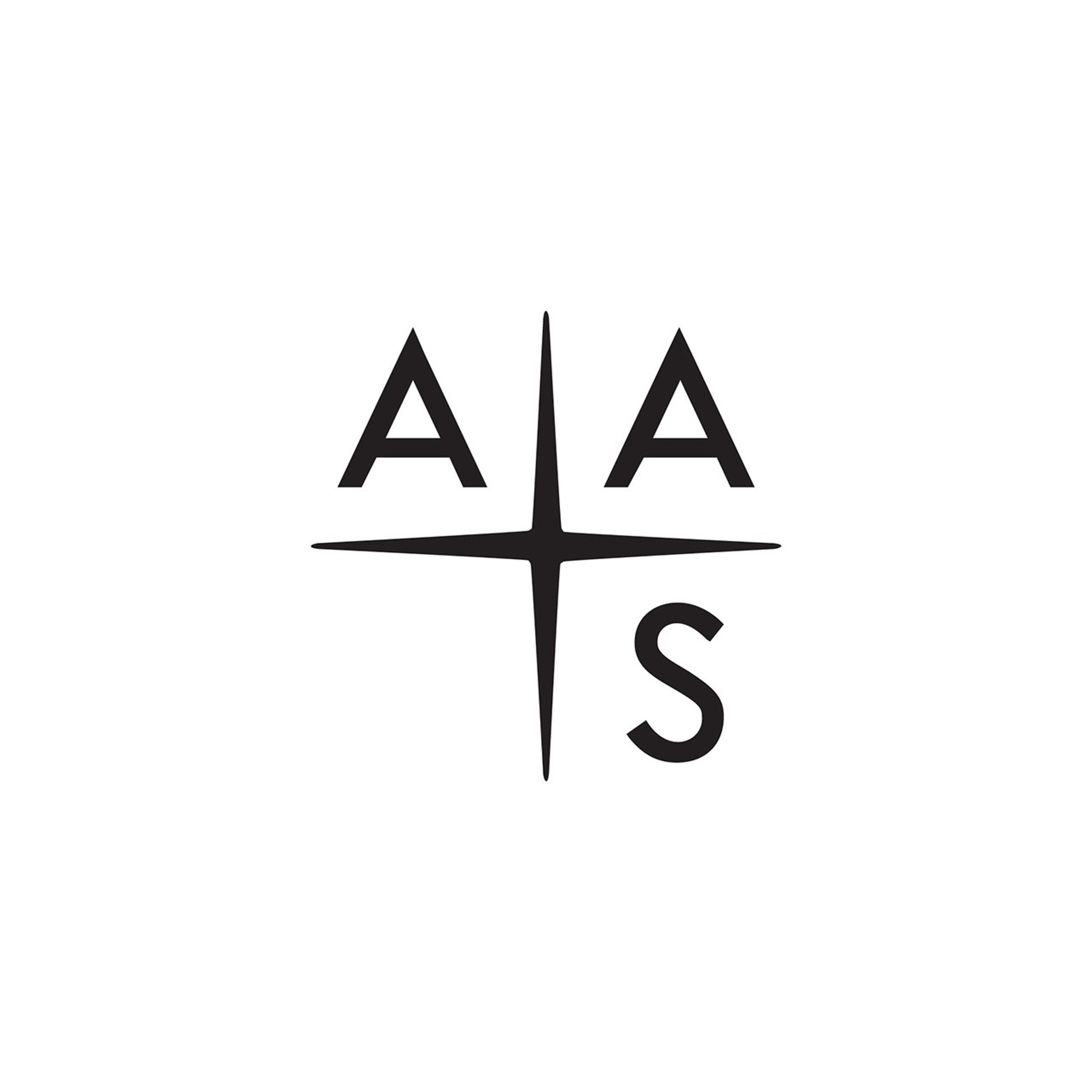
AAS Splinter Sessions
Hosted during each winter AAS meeting and including invited talks along with a panel discussion. Attendance has been > 100 people at every recent splinter session.

Review Articles and White Papers
Including review articles on far-infrared instrumentation and technology development, and white paper efforts for the 2010 and 2020 decadal survey.

Focused Workshops
The IR STIG has led or participated in multiple focused workshops covering topics such as next-generation instrumentation and current science with IR facilities such as SOFIA.
Leadership Council
| Stacey Alberts University of Arizona | Candice Fazar RIT | Roberta Paladini, Co-Chair IPAC | Allison Strom Northwestern U. |
| Jake Connors, Co-Chair NASA | Meredith MacGregor Johns Hopkins University | Nathan Roth NASA | Volker Tolls Harvard CfA |
| William Danchi NASA | Jed McKinney UT Austin | Johannes Staguhn Johns Hopkins University |
Resources
How to Participate
We invite participation from the community, particularly from early-career researchers and those from under represented backgrounds in astronomy. Please contact us for more information about our activities and mission, and how you can get involved.
Contact Us about How to Participate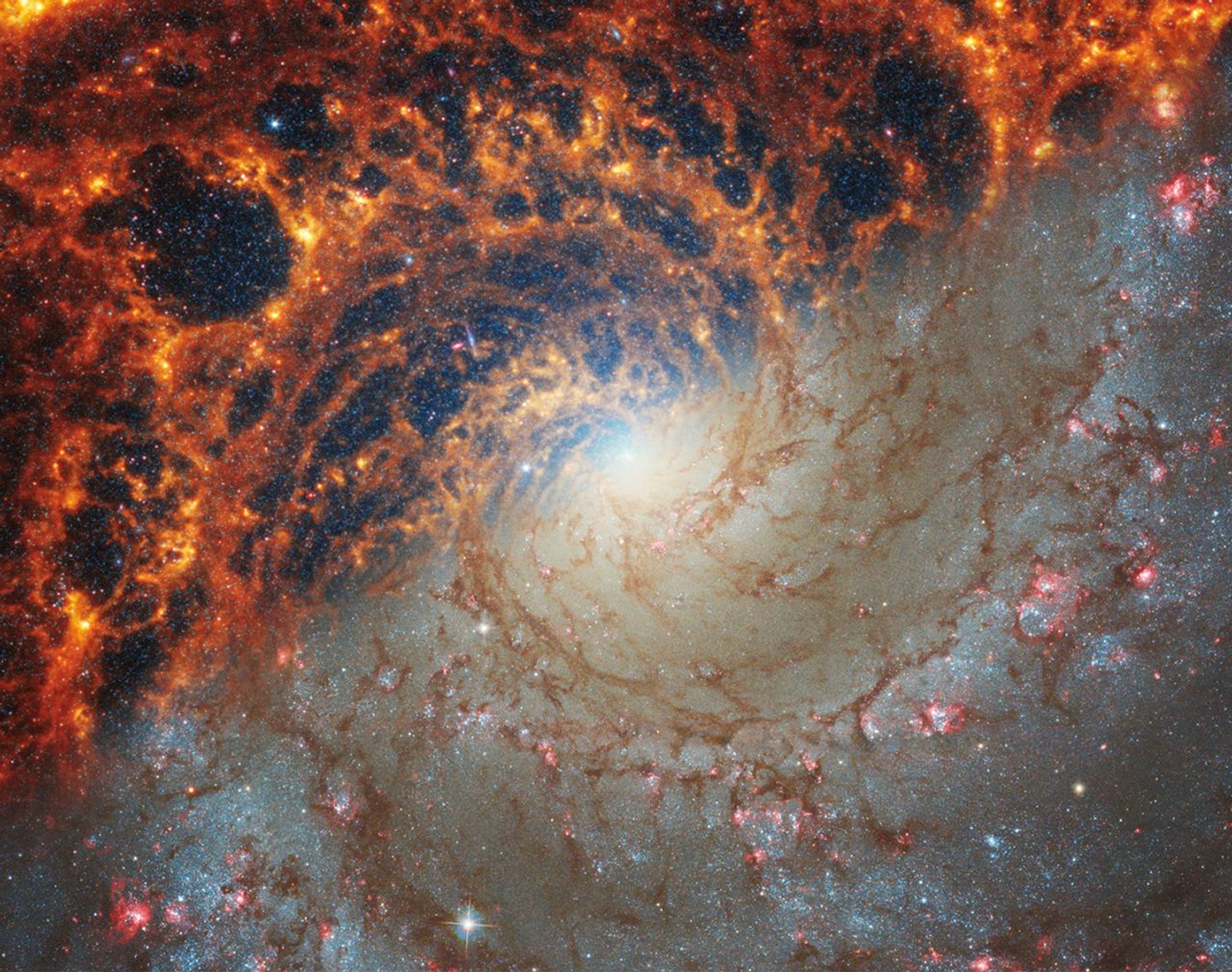
News Straight to Your Inbox
Subscribe to your community email news list
We will never share your email address.





